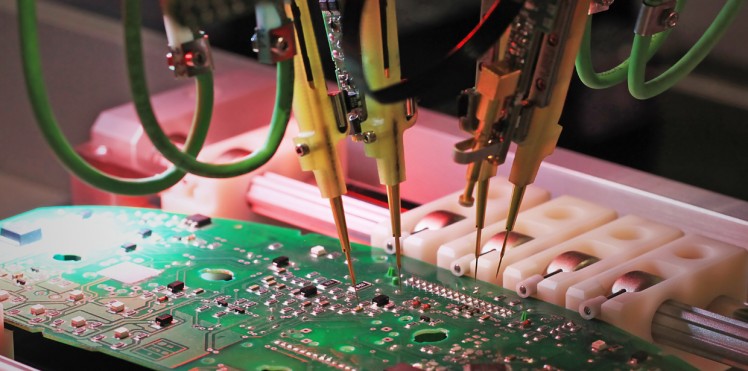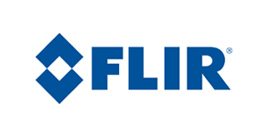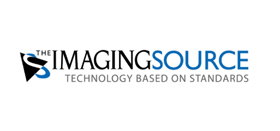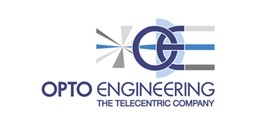Listen to this Article
Have you ever considered how machine vision technology has transformed automated inspection? Advancements in machine vision technology significantly impact the efficiency and quality of inspections. These systems monitor material appearance and identify defects based on similarity in contrast, texture, and geometry using statistical analysis.
Machine vision technology basics
In inspection settings, machine vision systems typically require the following components
- Lighting. Lighting illuminates the object or scene to make its features visible.
- Lens. The lens captures the image and delivers it to the sensor in the camera as light. Deciding on the right lens for a machine vision application calls for a review of the required specs, some math, and a consideration of how the lens will integrate with the camera setup.
- Capture board, frame grabber, or sensor work together to process the image from the camera and convert it to a digital format. Image sensors convert light into electric signals as pixels.
- Processor. The processor executes software and algorithms that analyze a digital image and extract required information.
- Communication. These systems allow the machine vision cameras and processing system to communicate with other more significant system components via a digital input/output signal or a serial connection.
Manufacturing
Machine vision inspection technology has transformed several manufacturing sectors. One of this technology's most significant impacts is on quality control processes. By enabling automated inspection and analysis of products, Machine Vision has dramatically enhanced the accuracy, consistency, and speed of quality control, resulting in improved production efficiency and reduced costs. By detecting issues early on, manufacturers can handle them before they cause significant problems, reducing the risk of product recalls.
Healthcare
In healthcare, machine vision technology inspects and analyzes medical images, such as X-rays or MRIs, to identify abnormalities that may indicate disease or injury. Advanced systems use sophisticated algorithms and deep learning techniques to process medical images and highlight potential areas of concern. The analysis performed by machine vision technology is highly accurate and consistent, allowing healthcare professionals to make informed decisions about the diagnosis and treatment of their patients. This technology has revolutionized how medical imaging is used in healthcare, providing a faster and more accurate way to detect abnormalities and ultimately improve patient outcomes.
Transportation
Machine vision technology is essential for inspecting and maintaining vehicles, tracks, and infrastructure in the transportation industry. Machine vision systems use cameras and sensors to capture images and data, which are then analyzed by powerful algorithms to detect defects, damage, or wear and tear. This technology helps transportation companies identify and fix issues quickly, ensuring the safety and reliability of their equipment. Machine vision technology is also used for traffic monitoring and control, making it an indispensable tool for the transportation sector.
Energy Efficiency and Sustainability
Automating inspection processes can bring numerous benefits in promoting energy efficiency and sustainability. By removing the need for manual labor and human intervention, automation can help streamline and optimize the inspection process. This can result in significant time and cost savings for businesses and increased accuracy and reliability in identifying energy inefficiencies or other sustainability concerns. Real-time quality control not only improves overall product quality but also reduces waste and the need for rework. By addressing these issues, businesses can take steps towards reducing their energy consumption and carbon footprint and contributing to a more sustainable future for the planet.
Machine vision technology has revolutionized automated inspection in multiple industries, increasing efficiency, accuracy, and cost-effectiveness. In most cases, automating the inspection process is faster and more accurate than doing it manually. As a result, many industries have embraced machine vision technology, making it an essential component of their operations.
Source: computar.com
Also Read: CASE STUDY: HOW LENSCONNECT HAS TURNED OUR SYSTEM INTO A MORE USER-FRIENDLY PRODUCT
Back to All Robotics and Autonomous Systems Articles, Resources and News































